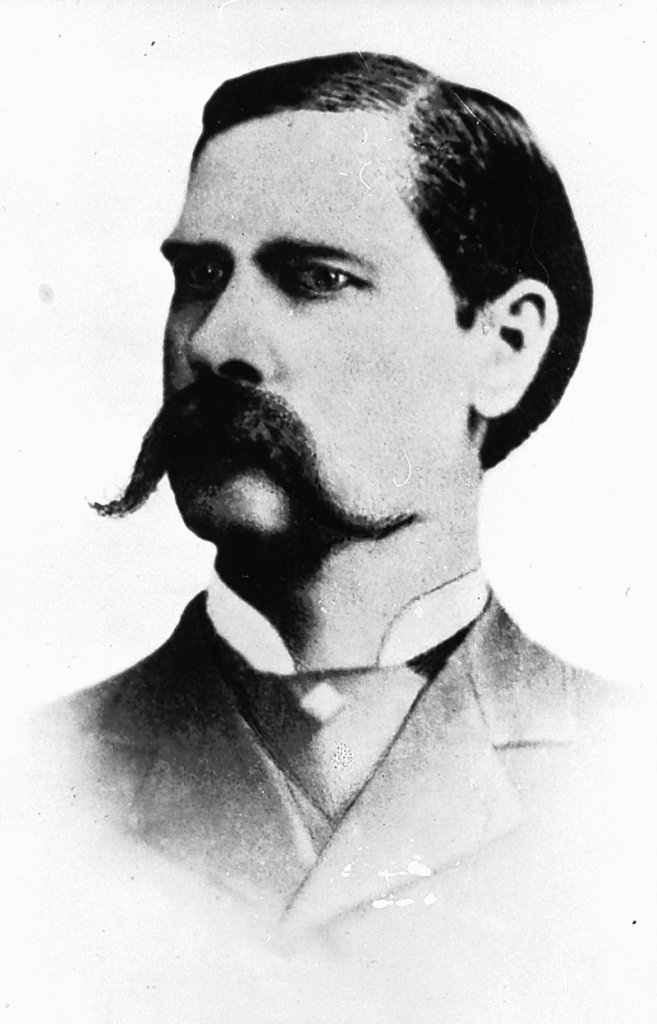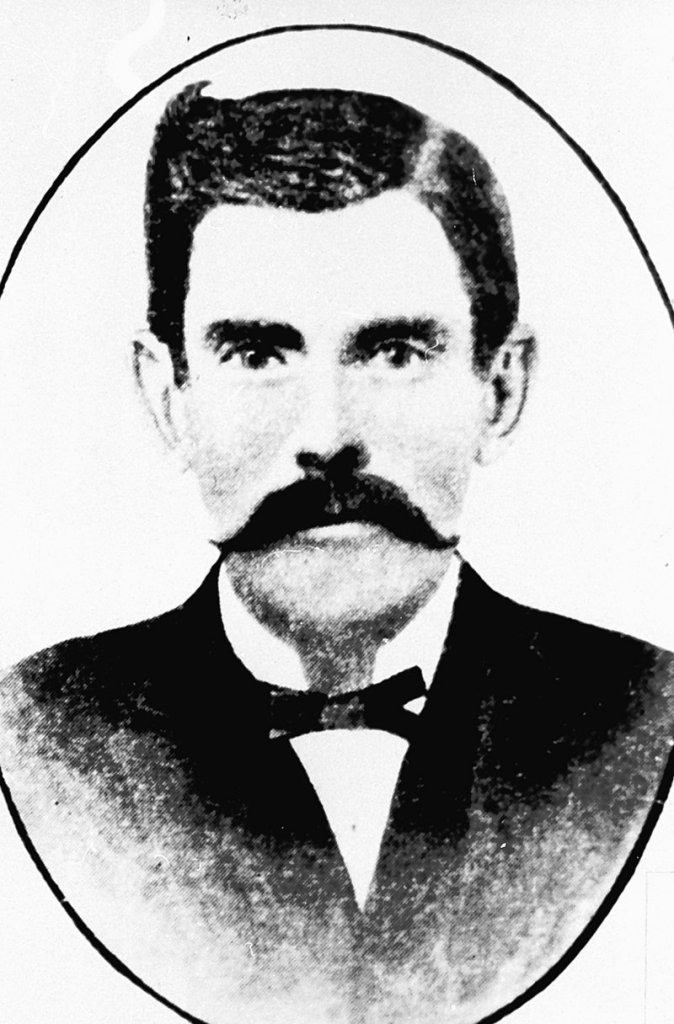PHOENIX – A missing handwritten transcript from a coroner’s inquest done after the legendary gunfight at the OK Corral has resurfaced in a dusty box more than 125 years after the most famous shootout in Wild West history.
The document had been missing for decades — last seen when it was photocopied in the 1960s.
It was found when court clerks stumbled on the box while reorganizing files in an old jail storage room in Bisbee, about 20 miles south of Tombstone, the Arizona frontier town where the gunbattle took place.
Stuffed inside the box was a modern manila envelope marked “keep” with the date 1881.
The inquest was done after lawmen Wyatt Earp, his two brothers and Doc Holliday confronted a gang of drunken outlaws, sparking a 30-second gunbattle in the streets of Tombstone that killed Frank and Tom McLaury and Bill Clanton.
It made folk heroes of Earp and Holliday and inspired numerous movies about the untamed Old West.
Officials showed off just one page of the transcript on Wednesday — a thick sheet of paper with blue lines and sloppy cursive writing in dark ink. It appeared to contain the beginning of testimony by William Claiborn, identified by a historian as a friend of the three dead outlaws.
“I was present on the afternoon of Oct. 26th ’81 when the shooting commenced between outlaw parties,” the testimony reads.
Court officials have turned over the document to state archivists. Experts will immediately begin peeling away tape, restoring the paper and ink, and digitizing the pages.
The first pages could show up on the library’s website for historians to review as soon as next week.
It’s unlikely the transcript will provide any revelations about the gunfight, since historians have already reviewed photocopies and the inquest was covered in detail by newspapers at the time.
Historians have long argued over who fired first and whether Tom McLaury was armed when he was shot. Earp and the other lawmen said they were defending themselves. Friends of the outlaws called it murder.
Wild West fans still argue over who was right, even though a judge and grand jury found insufficient evidence to try Holliday and the Earp brothers.
History buffs said the transcript is enlightening nonetheless because it has the potential to clear up fuzzy passages and reveal small notes that don’t appear in the photocopies.
“They were handled by the people of that moment, and they’re the actual artifact that encapsulated that time period,” said GladysAnn Wells, Arizona state librarian.
The document is legible, but the paper has darkened to an amber beer color and is brittle like a potato chip, said Cochise County Court Clerk Denise Lundin. The handwriting can be difficult to read because the court reporter was rapidly taking notes, she said.
The inquest was done by coroner Henry M. Matthews.
Even if the document doesn’t reveal new information, the discovery helps historians feel more comfortable with the record, said Gary Robertson, a Wild West historian and author of the book “Doc Holliday, the Life and the Legend.” But most importantly, it sparks the imagination.
“Every time you find one it gives you hope that maybe you’ll find some more,” Robertson said. “Maybe there will be something else that we’ve all been dying to get our hands on.”
Lundin is convinced that somewhere in her courthouse are records of the inquest for Johnny Ringo, another legendary outlaw.
“These things aren’t something you can go search for,” she said. “You really just have to watch for them.”
Send questions/comments to the editors.




Success. Please wait for the page to reload. If the page does not reload within 5 seconds, please refresh the page.
Enter your email and password to access comments.
Hi, to comment on stories you must . This profile is in addition to your subscription and website login.
Already have a commenting profile? .
Invalid username/password.
Please check your email to confirm and complete your registration.
Only subscribers are eligible to post comments. Please subscribe or login first for digital access. Here’s why.
Use the form below to reset your password. When you've submitted your account email, we will send an email with a reset code.